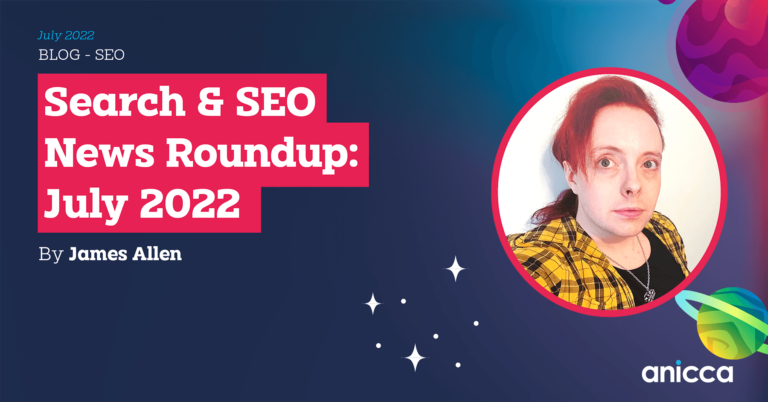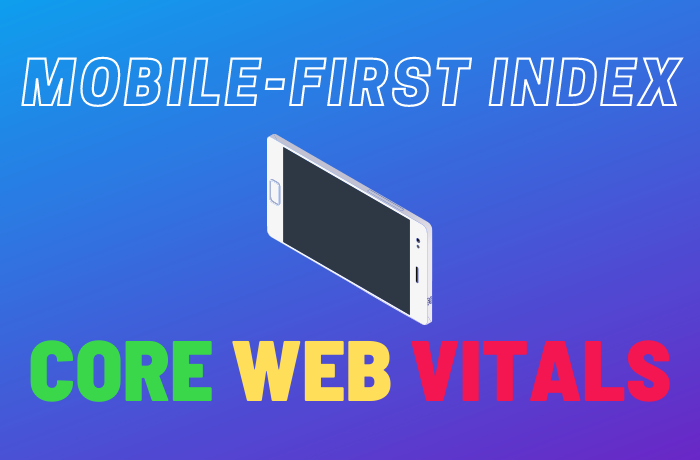GSO: The Search Revolution Hiding in Plain Sight
The digital marketing world loves its acronyms, but few carry the transformative weight of GSO – Generative Search Optimisation. While the industry obsesses over the latest algorithm updates and ranking factors, a fundamental shift in how users discover and consume information is quietly reshaping the entire search landscape. At Anicca Digital’s EPIC25 conference, James Allen from Anicca Digital delivered a masterclass in understanding this evolution, revealing why GSO isn’t just another buzzword but the foundation of search’s AI-powered future.
The revolution isn’t coming – it’s already here. And those who understand GSO’s implications will find themselves positioned at the forefront of digital marketing’s next chapter.
The Dawn of Generative Search
GSO represents more than technological evolution; it embodies a philosophical shift in how search engines serve users. When someone queries Google’s AI Overview, asks ChatGPT for recommendations, or seeks information through Claude, they’re engaging in generative search – a process where artificial intelligence synthesises responses rather than simply returning lists of links.
This paradigm shift transforms the entire concept of search engine results. Instead of competing for position ten blue links, brands must now compete for inclusion within AI-generated narratives that directly answer user queries. The implications extend far beyond traditional SEO metrics, demanding entirely new approaches to content strategy, brand positioning, and digital visibility.
The Architecture of AI-Powered Discovery
James’s framework reveals GSO’s complexity through five interconnected elements that determine brand visibility in AI responses. Pre-training data forms the foundation – whether your content exists within the vast datasets that train large language models influences your baseline representation. This creates an interesting dynamic where historical digital presence affects future AI visibility.
Retrieval-Augmented Generation adds real-time relevance, enabling AI systems to access current information and supplement their training data with live web content. This dual-source approach means brands must optimise for both historical representation and contemporary discoverability.
The query landscape represents familiar territory with new complexity. Traditional keyword research evolves into prompt engineering, requiring marketers to understand how users formulate questions when seeking AI-powered answers. The conversational nature of AI interaction introduces longer, more contextual queries that mirror natural speech patterns rather than search shorthand.
Measuring mentions within AI responses presents perhaps the greatest challenge. Unlike traditional search rankings, AI-generated content doesn’t offer standardised position tracking. Brands must develop sophisticated monitoring systems to understand when, how, and why they appear in generative responses across multiple AI platforms.
The GEO-GSO Spectrum
The distinction between Generative Engine Optimisation and Generative Search Optimisation illuminates different strategic approaches to AI visibility. GEO focuses on broad representation within language models – ensuring your brand appears appropriately when AI systems generate content about your industry or category.
GSO targets specific query responses, emphasising visibility in answer-driven contexts. This distinction matters because optimisation strategies differ significantly. GEO requires comprehensive content presence across multiple touchpoints, building authoritative brand representation within AI training datasets. GSO demands precision targeting of specific queries and user intents, optimising for inclusion in particular response contexts.
The choice between GEO and GSO depends on business objectives and market position. Established brands might prioritise GEO to maintain broad market representation, while emerging companies could focus GSO efforts on capturing specific high-value queries where they offer unique expertise or solutions.
Platform Dynamics: Search-First vs AI-First
Understanding platform architecture proves crucial for effective GSO implementation. Google’s AI Overviews operate search-first, beginning with traditional web search before applying AI summarisation. This approach means existing SEO foundations remain relevant while requiring additional optimisation for AI synthesis.
ChatGPT and similar platforms reverse this process, leading with AI reasoning before conducting supplementary searches. This AI-first approach demands different content strategies, emphasising clarity, authority, and contextual relevance over traditional SEO signals.
The convergence of search and AI creates hybrid environments where traditional search engines incorporate AI features while AI platforms add search capabilities. This blending means successful GSO strategies must account for multiple discovery pathways and optimisation requirements.
The Evolution, Not Revolution
James’s historical perspective provides crucial context for understanding GSO’s emergence. Google’s journey from link lists to featured snippets to AI Overviews represents evolutionary progression rather than revolutionary disruption. Each advancement reduced reliance on traditional web results while increasing direct answer provision.
This evolution suggests GSO won’t replace SEO but will expand its scope. Traditional optimisation remains valuable as AI systems still require high-quality source content to generate accurate responses. However, the definition of optimisation broadens to include AI comprehension, synthesis potential, and narrative positioning.
The parallel to featured snippets optimisation offers instructive precedent. When Google introduced featured snippets, successful marketers didn’t abandon traditional SEO but developed additional skills for snippet capture. GSO represents a similar expansion, requiring new capabilities while building upon existing foundations.
The Competitive Imperative
The shift toward AI-powered search creates both opportunity and urgency. Users increasingly expect immediate, comprehensive answers rather than research starting points. This expectation makes AI visibility essential for brands seeking to maintain digital relevance.
Competition within AI responses differs fundamentally from traditional search rankings. Instead of competing for finite positions, brands compete for contextual relevance within synthesised answers. This shift rewards expertise, clarity, and contextual authority over pure ranking factors.
Early GSO adoption provides competitive advantages before the landscape becomes saturated. Brands establishing strong AI visibility today position themselves favourably for future search behaviour changes, building foundations that become increasingly difficult to replicate as competition intensifies.
The Measurement Challenge
Traditional SEO metrics inadequately capture GSO success, creating measurement gaps that require innovative solutions. Ranking position becomes meaningless when AI synthesises multiple sources into single responses. Click-through rates lose relevance when users receive answers without clicking.
New metrics must emphasise mention frequency, contextual positioning within AI responses, and brand association accuracy. Tools like those showcased in James’s presentation begin addressing these measurement challenges, but comprehensive GSO analytics remain nascent.
The measurement evolution mirrors SEO’s historical progression from simple ranking tracking to sophisticated attribution modelling. GSO measurement will likely develop similar sophistication, incorporating AI response analysis, brand sentiment within generated content, and query-to-conversion pathways.
Strategic Implementation
Successful GSO implementation requires strategic thinking rather than tactical optimisation. Content must serve dual purposes: providing value to human readers while remaining accessible to AI systems for synthesis and summarisation.
This dual-purpose approach emphasises clarity, authority, and comprehensive coverage of topics rather than keyword density or backlink quantity. Content strategies should prioritise answering complete questions, providing context for complex topics, and establishing clear expertise signals.
Technical implementation involves ensuring content remains crawlable and comprehensible to AI systems while maintaining user experience quality. This balance requires understanding how different AI platforms process and synthesise content, adapting presentation accordingly.
The Future of Search Visibility
GSO represents search marketing’s natural evolution in an AI-dominated landscape. As users increasingly expect immediate, synthesised answers to complex queries, brands must adapt their visibility strategies accordingly. The shift doesn’t eliminate traditional search but transforms it into something more sophisticated and potentially more valuable.
The brands that thrive in this new environment will be those that understand GSO not as a replacement for existing strategies but as their logical extension. They’ll combine traditional SEO expertise with AI-native thinking, creating content and experiences that serve both human users and artificial intelligence systems.
The generative search revolution isn’t waiting for industry consensus or perfect measurement tools. It’s happening now, reshaping how users discover information and how successful brands maintain visibility. Understanding GSO isn’t just about staying current – it’s about positioning for a future where AI-mediated discovery becomes the dominant pathway between users and brands.
The question isn’t whether GSO will become important, but whether you’ll be ready when it becomes essential. For support with AI, SEO and strategy, get in touch with the team at Anicca today.





